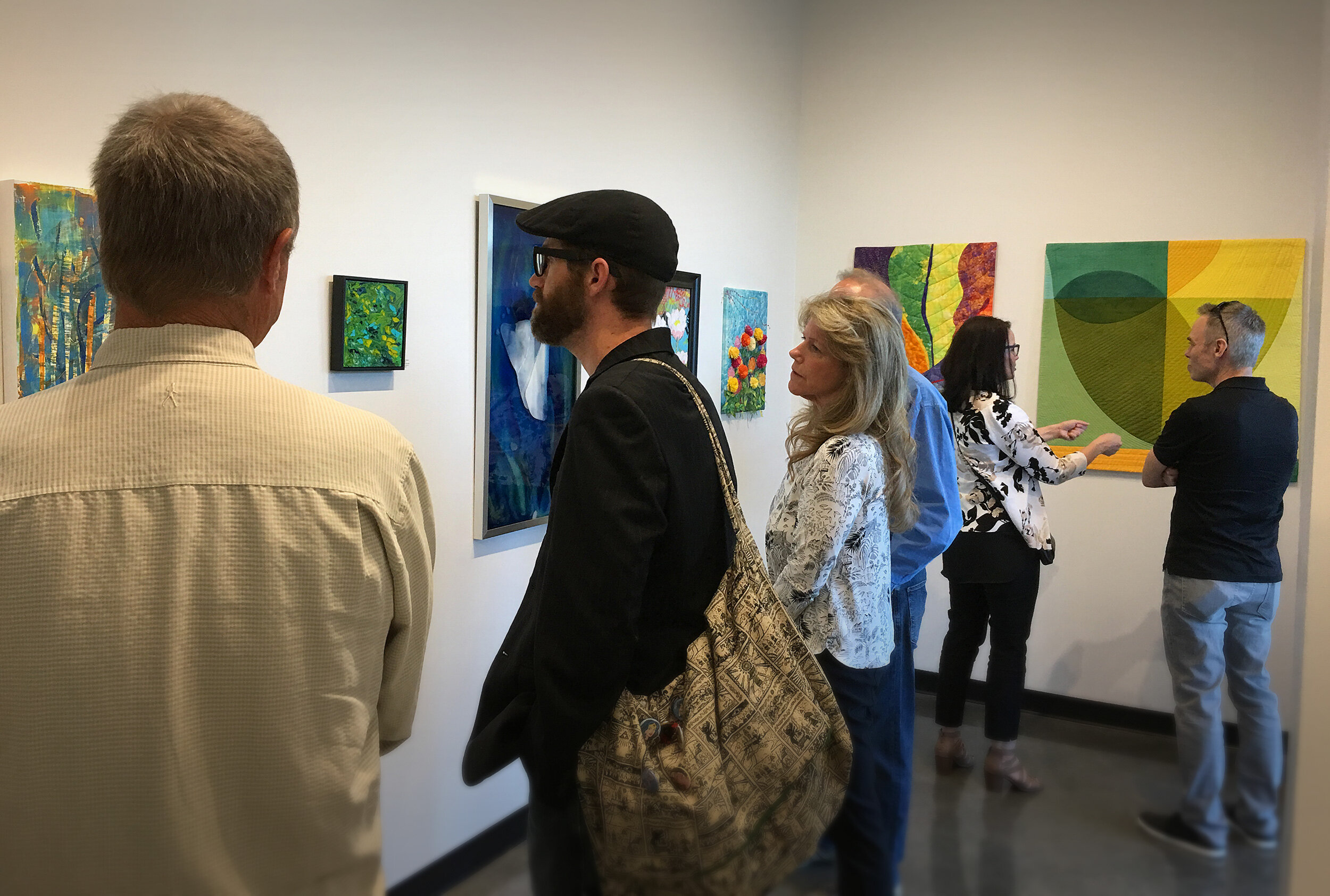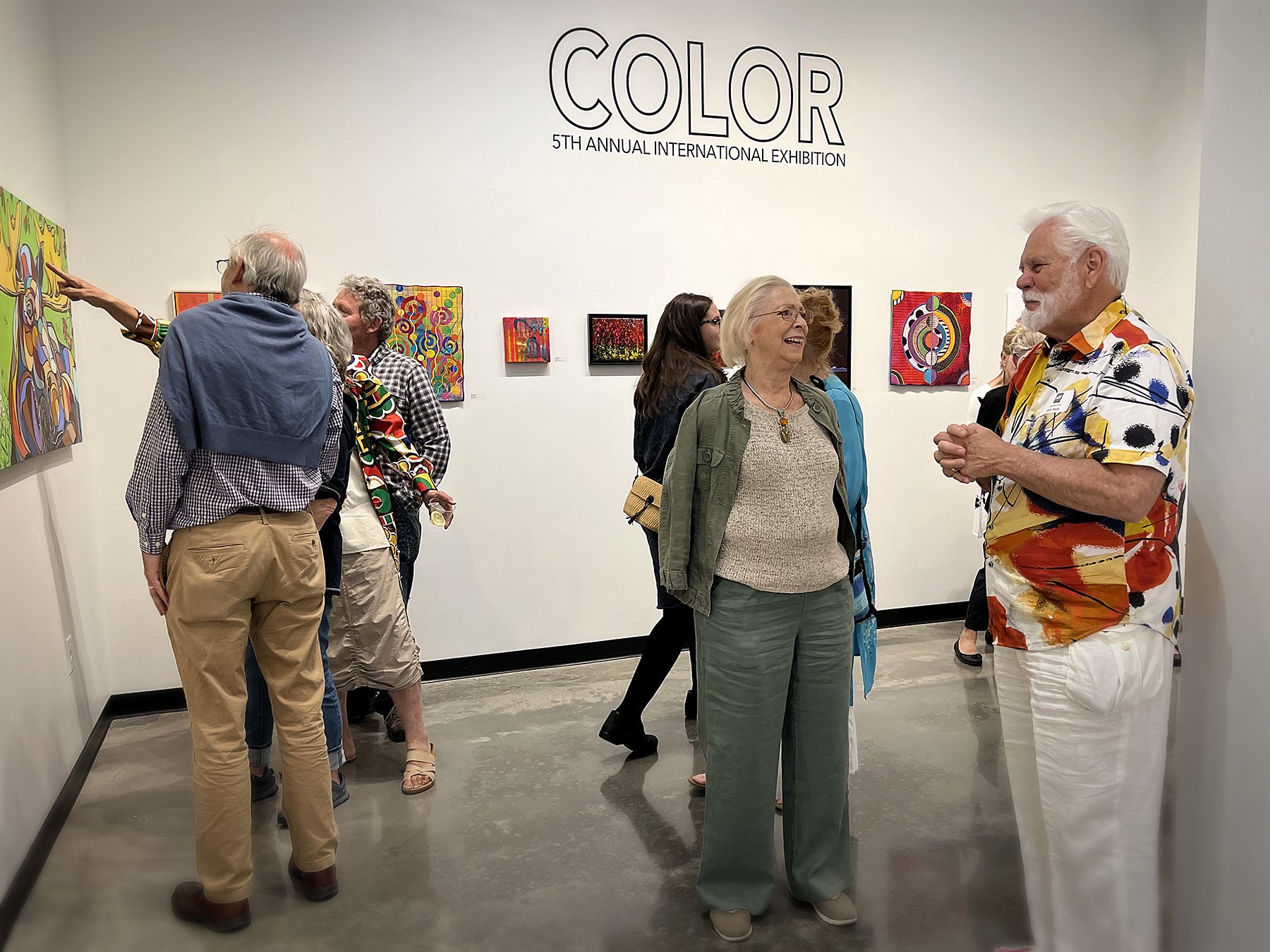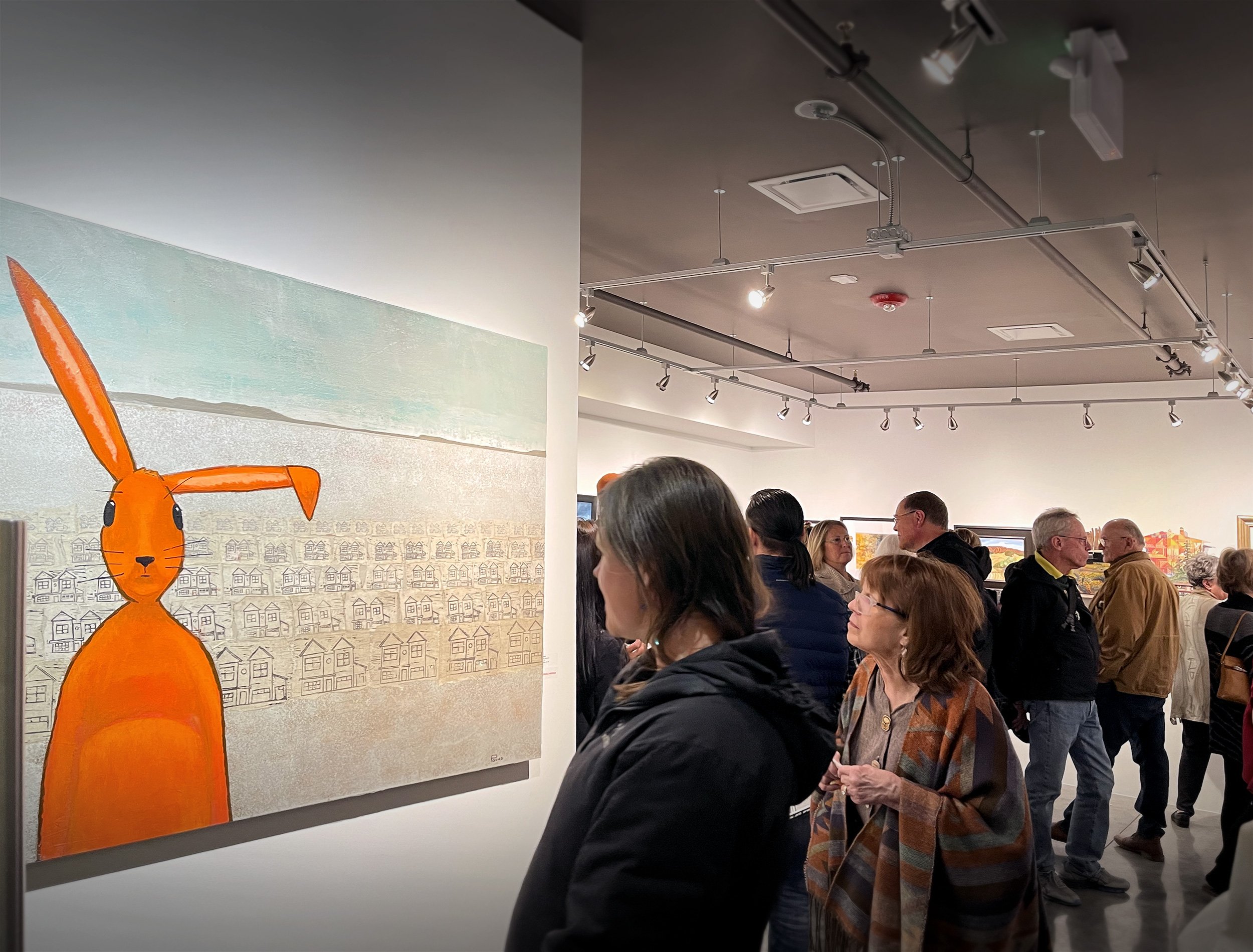
NOOBAA 24 | Non-Objective Abstract Art
Call for Entry Deadline for NOOBAA 24 is May 13. Enter your abstract art now!
3 Square Art Fine Art Center
3 Square Art is the Premier Fine Art Center in Northern Colorado. 3 Square Art was founded on the dream to create a plaza for regional, national, and international artists to come together around 3 areas of art—Creating, Sharing, and Learning.




















